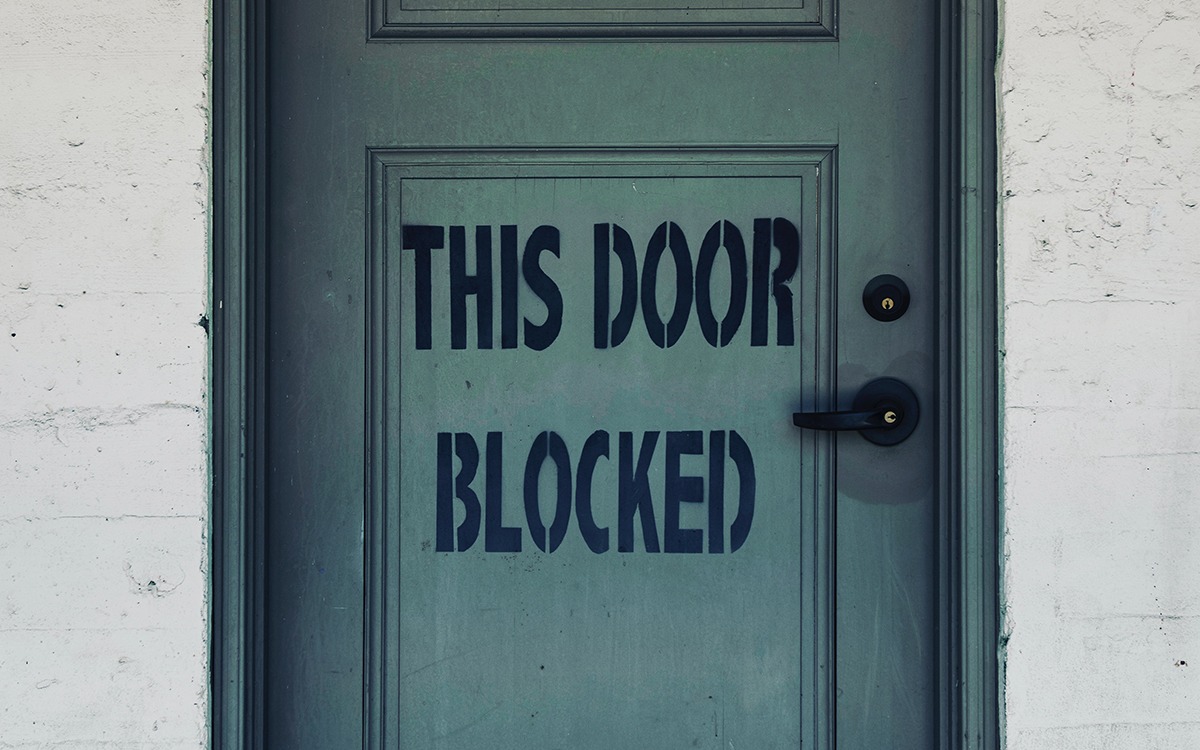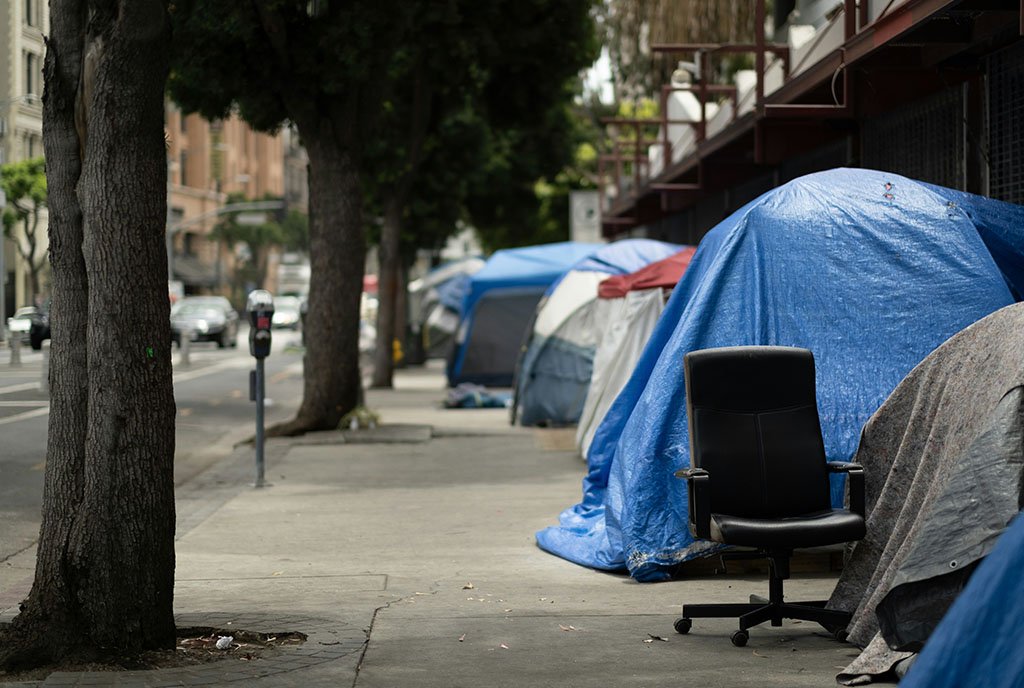
It has been just over a year since Florida Governor Ron DeSantis signed into law HB 7, the “Individual Freedom Act”—known colloquially as the “Stop W.O.K.E. Act”—which seeks to ban the teaching, especially in K-12 schools, of a variety of concepts around race and the legacy of American slavery.
Although it isn’t mentioned by name, one major implied target of the bill is the teaching of critical race theory—or, at least, a general conception of the decades-old academic theory that’s been adopted by American conservatives. These opponents object, among other things, to any teachings that convey some sense of ongoing responsibility for the legacy of racism in the US.
“We started to have an internal conversation about, ‘Should we be tracking this?'”
The measure had an immediate, tangible impact on schools, on teachers, and on students. But it also carried symbolic and political value as a legislative slight by DeSantis, a then-presumptive Republican presidential candidate, to his opponents on the left. Since then, the Florida statute’s symbolic value has proven its potency in the form of copycat bills put forward in state houses across the country.
The prospect of tracking all of those measures on an ongoing basis is a daunting one—but a challenge the independent news nonprofit Education Week has taken on.
Last June, the organization launched an interactive online application that tracks anti-CRT legislation across the country.
The result is a literal picture, or map, of legislative efforts introduced (though not necessarily passed or implemented) in a majority of US states, aimed at curtailing how educators can talk about race and racism, and the history of racism in the US.
The project grew out of beat reporting, says Education Week reporter Sarah Schwartz, whose reporting helped launch the tracker.
“I wrote a couple of stories about some of these bills that would eventually be part of the tracker when they were starting to pop up in state legislatures,” says Schwartz. “We noticed that there were some similarities between the [bills], that in some cases they were almost identical. And so we started to have an internal conversation about, ‘Should we be tracking this? Would that be useful for our audience?’”
Creating and maintaining the tracker has been a team effort.
Their answer was, “Yes.” And in the two years since, the decision has proved prescient, with the tracker cataloguing dozens of bills across the country—some that have passed, others that have been vetoed or died without action.
It’s a relatively new approach to reportage that has gained traction in recent years, as some newsrooms seek to provide more context, and more utility, than a traditional article might offer. (Education Week has published other such trackers, including one that tracks anti-LGBTQ+ legislation.)
Creating and maintaining the tracker has been a team effort. Schwartz had already researched the immediate landscape of legislation, so they had a starting point—but tracking that information over time was more work than one reporter could take on.
The tracker itself, built initially on data compiled by Schwartz, is maintained on an ongoing basis by Education Week’s staff librarians—the organization is among the rare newsrooms that employ a library team—who search for and update the status of relevant bills all over the US.
“They have news alerts on, they also go through periodically different legislative trackers like Open States, and are able to flag bills as they come up to say, ‘This is something that might be good for the tracker.’ They also help put together a workflow for updating it,” says Schwartz. “And we have an art and graphics department and web team that we work together with to figure out what would be the best way to visualize this information.”
The tracker also contends by necessity with the amorphous definitions and language associated with the measures. For example, about critical race theory, Education Week writes:
The term refers to a decades-old academic theory that holds that racism is systemic, perpetrated by structural forces rather than individual acts of bias. But over the past two years, the phrase has been warped from its original meaning, used by opponents to refer to anything that makes race or gender salient in conversations about history, current events, or literature.
Sign up for our free newsletters
Subscribe to NPQ's newsletters to have our top stories delivered directly to your inbox.
By signing up, you agree to our privacy policy and terms of use, and to receive messages from NPQ and our partners.
With this fuzziness around terminology, teachers and school leaders in states where these laws have passed have reported widespread confusion about what kind of instruction is and is not allowed. For example, while many proponents of these laws claim that they shouldn’t curtail discussions of events in U.S. history, one parent group in Tennessee invoked the state’s law in attempts to pull a book about the civil rights movement.
“Legislators who were introducing these bills were working off of some kinds of models.”
The main purpose of the tracker is to be of utility to readers.
“I think it’s useful just on a very basic level to be able to . . . keep tabs on what’s going on in your own state,” says Schwartz. “And I think at the broader level, I know that there are education nonprofits, policy organizations that have used this information to inform some of the work that they do.”
But maintaining such a tracker also informs Schwartz’s own reporting.
One of the first insights that came out of the tracker, Schwartz says, was the striking similarity of many of the bills.
“That . . . suggested that the legislators who were introducing these bills were working off of some kinds of models,” notes Schwartz.
It was a pattern that led some to speculate that behind the anti-CRT legislation was a small number of individuals, or even a single person, specifically Chris Rufo, a conservative activist who has helped make CRT a talking point of the right.
But through tracking the myriad bills around the country, Schwartz found a more complicated picture.
“I think that being able to track this legislation and really dig into the contents of it demonstrated that it was coming from a couple of different groups. It wasn’t that there was only one mastermind behind the entire thing; but it was a priority that a lot of different conservative political organizations had taken up.”
Another insight that the tracker has provided is that the majority of anti-CRT bills that are introduced ultimately fail.
That pattern, Schwartz says, points to the symbolic value that such legislation has for lawmakers, regardless of whether the measures pass.
“I think it’s a way of kind of demonstrating a certain adherence to values and positions,” says Schwartz. “And that’s not unique to anti-CRT legislation or [other] divisive concepts, but I think it’s interesting that it’s a pattern that’s emerged here, too.”
Such insights raise the question of when and how to track other hot-button legislative efforts across the country.
Some trackers, Schwartz points out, might be best suited for a limited lifespan—for example, a tracker of teacher vaccination mandates— while others require ongoing support to be useful. Some issues, meanwhile, just might not lend themselves to this kind of tracking.
These questions have led the Education Week team to develop internal processes, Schwartz says, to decide when and how to develop trackers as part of their news coverage.
“We’ve realized over time that the trackers are really valuable to the audience. And we want to be pretty intentional about how we use them.”












